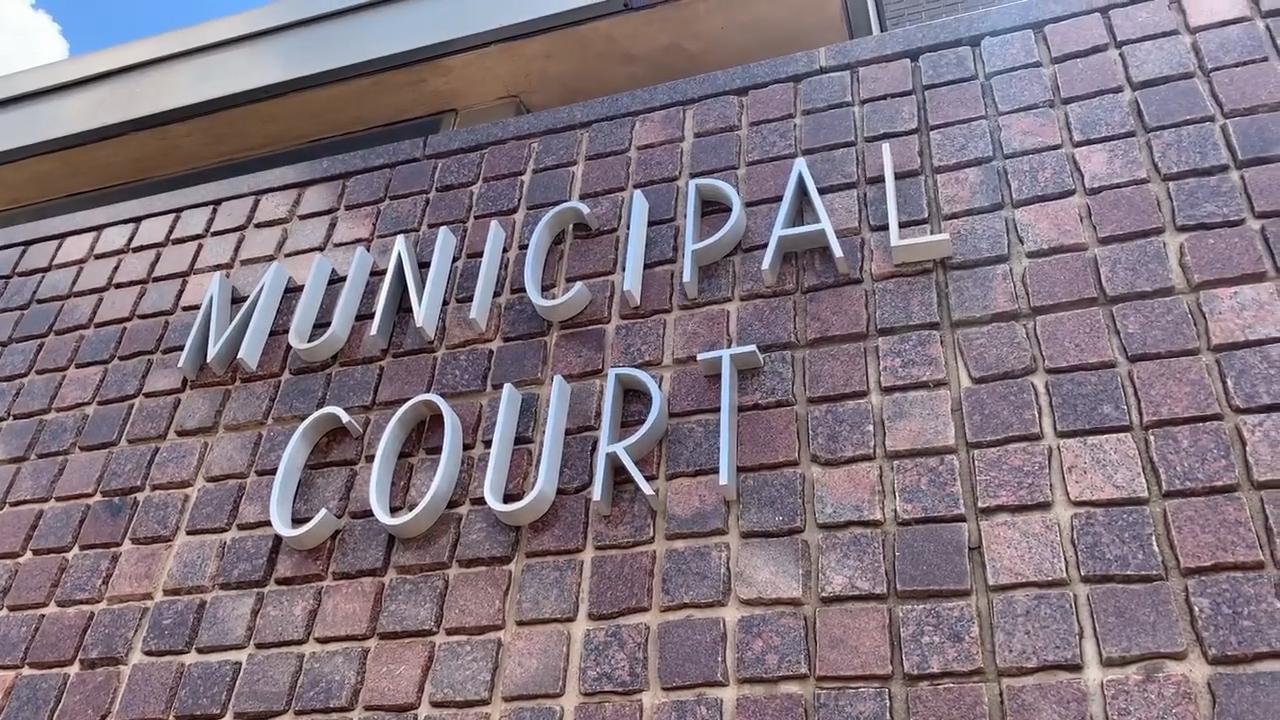AUSTIN (Nexstar) — The first public hearing over a bill to limit local property tax revenue growth annually led to a standing-room only crowd inside the committee room at the Texas State Capitol.
Senate Bill 2, authored by Sen. Paul Bettencourt, R-Houston, would lower the rollback rate to 2.5 percent from eight percent annually for local taxing units. Anything higher than 2.5 percent would automatically trigger an election. The bill would also form an online-based “real-time tax rate notice” to inform property owners of the tax rates being proposed by their local taxing units.
“I don’t want to stand in the way of businesses coming to the state,” Bettencourt said. “I don’t want to make a decision that boxes out the millennials.”
“We’re not just fighting for the Texans that are,” he continued. “We’re fighting for the Texans that will be.”
However, Travis County EMS District 1 Fire Chief Donnie Norman worries a 2.5 percent limit will put public safety agencies at risk of losing resources. Several public safety departments had representatives present during the public hearing.
“That won’t even keep up with inflation,” he said. “Every year, the cost of fire trucks and fire stations continue to rise, and this 2.5 percent cap would have a tremendous impact negatively on our ability to serve the citizens.”
Norman said the costs related to a fire truck have doubled over the last decade and now average around $600,000.
“We have two fire stations under construction right now,” he said. “If this 2.5 percent cap were to affect our emergency services district, we would probably not be able to staff the fire stations we just built.”
Former Austin City Council member Ellen Troxclair, who is now with the Texas Public Policy Foundation, suggested to lawmakers that they add a provision in the legislation that would leave public safety contracts unaffected by the rollback rate. She also stressed local governments could trim spending in other areas.
“Public safety and transportation – those two things should stay at the top of the list of the things the city is funding,” she said. “They should cut back on other things.”
Troxclair said cities can turn to other sources of revenue as well.
“This 2.5 percent number that we’re talking about – that doesn’t include new revenue sources from new sales tax, new development, etc.,” she continued. “That money is in addition to a potential increase of 2.5 percent.”
Other concerns brought up during the public hearing included how this legislation would affect how the state pays for education, since property taxes help fund school districts. Lawmakers said the state would have to set aside funding for that, which will be addressed through school finance legislation.




























